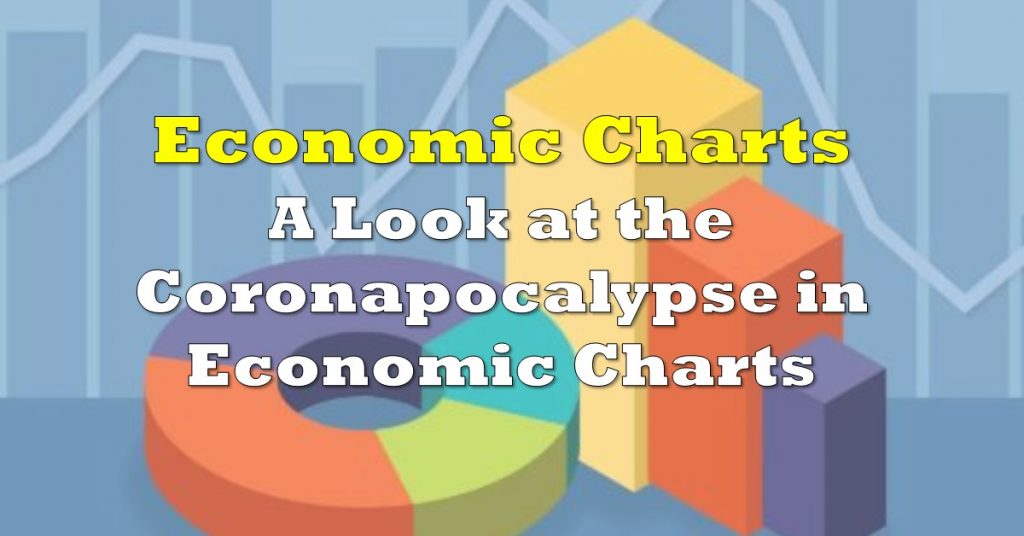The resurgence of Covid-19 cases across the US, coupled with the rising threat of inflationary pressures, appear to have caused anxiety at Wall Street, as billions of dollars have funnelled into “defensive” ETFS over the past several weeks.
With Covid-19 cases rapidly on the rise in major states, and concerns mounting over the Federal Reserve potentially scaling back monetary support sooner than previously anticipated, some investors have taken a cautionary stance, and have begun piling into ETFs that tend to perform well during times of economic turmoil.
According to data compiled by State Street Global Advisors and later cited by the Financial Times, ETFs related to major defensive sectors— such as healthcare, utilities, and other consumer staples— have garnered net inflows of nearly $5 billion in July, following a period of outflows in excess of $3.6 billion in the first half of the year. “The inflows in July went mainly into defensive sectors. That has continued into August with healthcare and utilities sector ETFs both taking another $1 billion each in inflows so far this month,” explained head of SPDR Americas research at State Street Matthew Bartolini.

In comparison, ETFs linked to sectors that tend to be more economically volatile, such as energy, real estate, financials, and industrials, have seen outflows total $7.2 billion in July. Conversely, the first six months of 2021, the same ETFs saw combined inflows of $57 billion. According to Bartolini, there is also growing evidence that investors are becoming “bullish but worried” with respect to flows into ETFs that represent so-called quality stocks with stable earnings. These kinds of ETFs saw inflows of $21 billion last month, following outflows of $3.8 billion between January and June.
Momentum ETFs, which are focused on purchasing equities that have seen recent price accelerations, registered inflows of $1.1 billion in the first half of the year, which were nearly wiped out in July when outflows hit $856 million. Similarly, value ETFs, which purchase undervalued stocks that then strengthen during times of economic growth, took in $12.8 billion in the first six months of 2021, and then registered outflows of $1.4 billion last month.
The economic environment that has helped foster some of the record US equity ETF inflows and subsequent record-breaking highs for the S&P 500 in the first half of the year appears to have worn off in July, which is evident in the transition towards more risk-averse ETFs. Indeed, investors are becoming concerned that the strong economic acceleration witnessed thus far will likely phase out soon.
“Few [investors] think there is anywhere to go with new money other than to equities at this juncture. [But] we suspect that the combination of higher US taxes, potentially more persistent inflation, Fed taper talk and possible margin compression all support the probability of a correction,” Citigroup’s chief US equity strategist Tobias Levkovich told the Financial Times.
Information for this briefing was found via the Financial Times. The author has no securities or affiliations related to this organization. Not a recommendation to buy or sell. Always do additional research and consult a professional before purchasing a security. The author holds no licenses.









